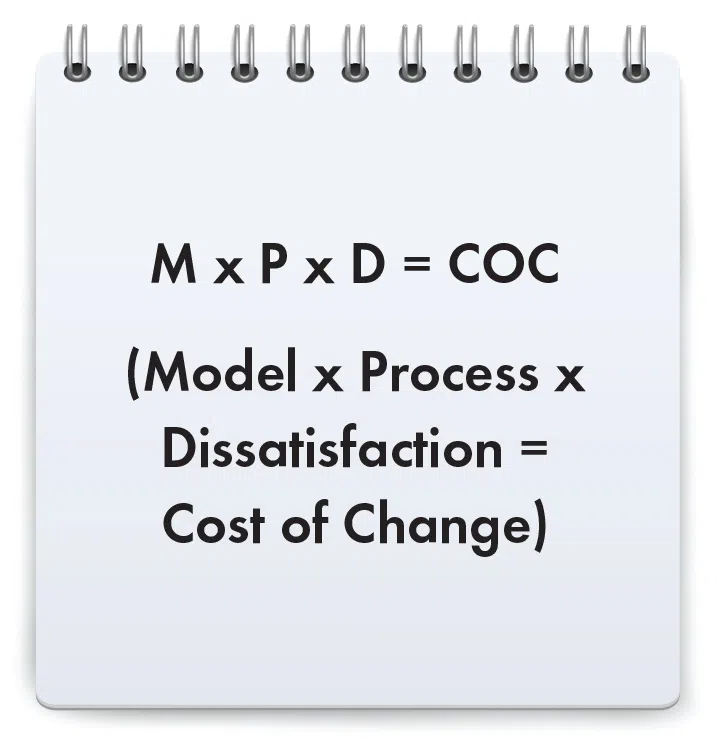The services you provide and the expertise you possess are what the customer is buying – not a product name.
In the early 1980s I came to a realization: The hvacr contracting company I owned at that time was establishing its own brand in our market area. I started to accept the idea that our brand was not the manufacturer’s equipment we represented — rather, it was the name of our company. In fact, when we discontinued our relationship with the equipment manufacturer we had long been associated with and had well represented, our customers continued to do business with us, and we continued to add new customers.
Shortly after that is when I began to write articles for trade journals and travel around the country speaking at various contractor group meetings, symposiums and conventions. Whenever I made the statement, “Your brand is your company, and it is not the equipment manufacturer you represent,” it resulted in a lot of blank stares. People looked at me as if I were from Mars. At that time, manufacturers were very dominant in our industry, and we relied heavily on them for their services including training, marketing, trouble shooting and inventory financing.
Gradually, our industry matured. Many contractors, particularly those focused on the residential retail business segment, are astute marketers. They recognize the value of their local brand (the company) and are continually building it. The better contractors do not totally rely on manufacturers and/or distributors services as they once did. As an example, they have well-structured inhouse training programs, just-in-time inventory-management procedures, consumer-financing options and operate with a set of proven processes. Manufacturers are, of course, an important and valuable element of our industry. It’s simply a fact that manufacturers have a less-dominant role. And, it’s a fact that many contractors are less loyal to a single manufacturer.
As a contractor, your system is your total installation. It is important to understand that the equipment you choose to use is only a component of your system. This results in your installed system being quite unique. A customer can not invest in your system with any company other than yours. Yes, a customer can purchase the same equipment from any number of contractors, but they can not get the same system. This principle applies to all of your company’s products and services including accessories, indoor- air-quality products, tune-ups and service agreements. The same elements that make your installed system unique only to your company are some of the elements that contribute to establishing and maintaining your company’s brand.
In order to establish a strong local brand, you must start with determining your market area. I’ve learned to define, geographically, three areas:
a) The dominant area.
b) The response area.
c) The no-service area.
Many contractors attempt to serve too large of an area, resulting in a strong and dominant position in no area. Plus, this causes them to be less efficient. The idea is to be very proactive in your selected dominant area and to be reactive in your response area. When your brand is well established in the dominant area, you expand in a proactive fashion to the response area. You do not perform business in the no-service area. In my book “HVAC Spells Wealth,” Chapter 6 Marketing, Step 2, I explain in detail how to calculate an estimate of the total annual HVAC residential retail revenues of an area. Set a goal for the market share you expect to achieve within that area.
Building a strong presence in your dominant market area establishes your brand. This is achieved with a combination of tested and proven processes beginning with the manner the phones are answered, the appearance of your vehicles, the appearance and behavior of your co-worker representatives, the quality of your work and, of course, your marketing. It’s important to spend time determining what I term your company’s portfolio of products and services. Remember, you’re capable of improving a customer’s total indoor environment. There are many products and services that assist in doing so, and you should make them available to your customers. In your marketing efforts always market first to your active customers — those that you’ve done business with in the past two years. It is always easier to sell something to someone you’ve recently sold something else to. Then, market to your inactive customers. Focus on getting as many service-agreement customers as you can. All service-agreement customers are active customers.
By focusing your efforts on your dominant market area, you can achieve significant presence and build a strong “share of mind” position. Use targeted direct mail. Take full advantage of electronic marketing by having a good interactive Web site, keeping it updated with meaningful content and by using e-mail. Support your marketing efforts with the highest possible quality of work. Welltrained installers and technicians using dependable equipment and material, the correct tools and testing instruments, and guided by a good set of company processes will assist, significantly, in establishing and maintaining your brand.
You’ll know that you’ve established a strong local brand when people thinking of air conditioning and heating quickly associate it with your company.
Ron Smith is a well-known authority in the hvacr business with more than 45 years of experience as a contractor, franchisor, consolidator, and consultant. He is the author of HVAC Spells Wealth and HVAC Light Commercial Service Agreements.



.webp)
